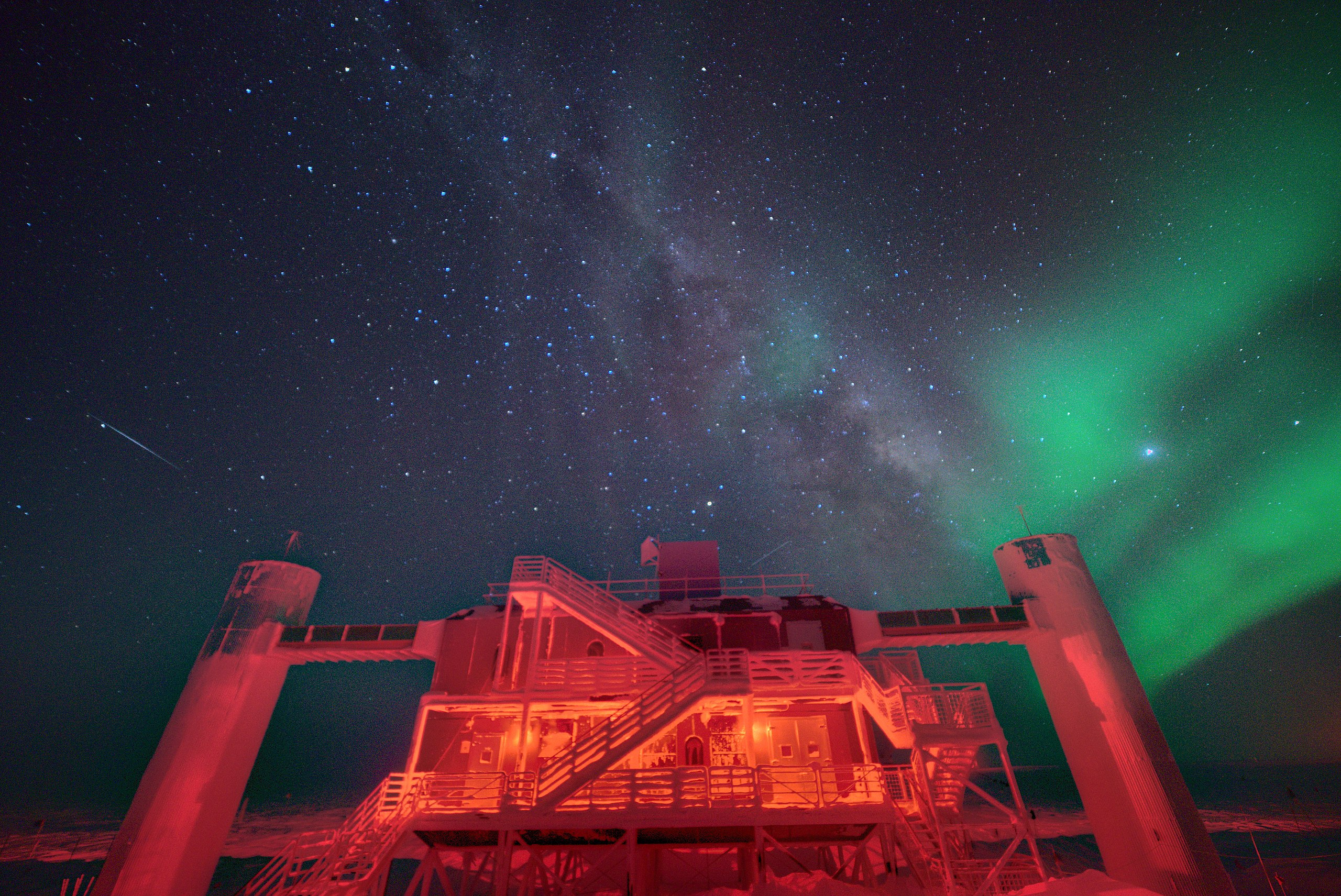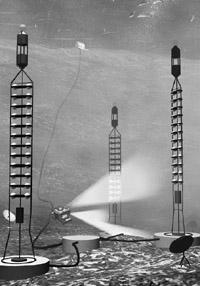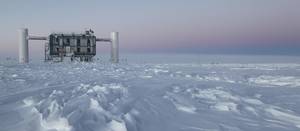IceCube detects neutrinos emitted inside the Milky Way
2023/06/29 Galarraga Aiestaran, Ana - Elhuyar Zientzia Iturria: Elhuyar aldizkaria

Data from the IceCube Neutrino Observatory, particle detector in the Antarctic ice background, confirm the existence of a high-energy neutrino emission within the Milky Way, according to a study published by the journal Science.
So far, high-energy neutrino observations have detected emissions from outside our galaxy. The gamma ray observations have detected brilliant emissions produced in the galactic plane of the Milky Way. And, according to astrophysicists' forecasts, gamma rays and neutrinos are produced by the same astrophysical processes, so it was hoped that the galactic map of the Milky Way would also be the origin of neutrinos.
Now, the analysis of data collected over 10 years by the Ice Cube Neutrino Observatory through artificial intelligence has provided the first statistically robust evidence of neutrinos emitted within the Milky Way. According to the researchers, this shows that the Milky Way is the origin of high-energy neutrinos.
In the same journal, in an article published in the Perspective section, reference is made to another observation of neutrinos emitted from within the galaxy, namely the Antares observatory. Antares is located in the Mediterranean Sea and although smaller than the IceCube, its position is more favorable for the detection of neutrinos. According to the author, the detections of both show that there is still much to investigate about neutrinos, which are building new observatories. In any case, the data obtained coincide with the alleged distribution and interactions of cosmic rays within the galaxy.

Gai honi buruzko eduki gehiago
Elhuyarrek garatutako teknologia





